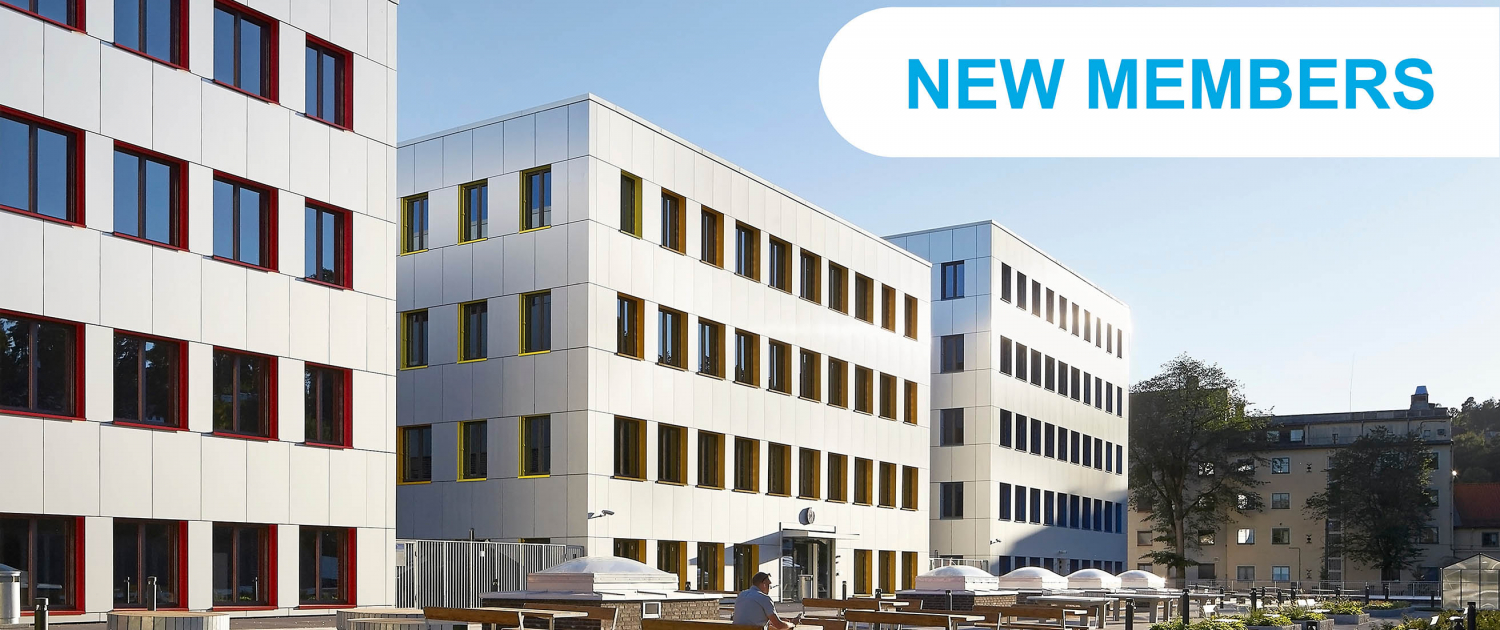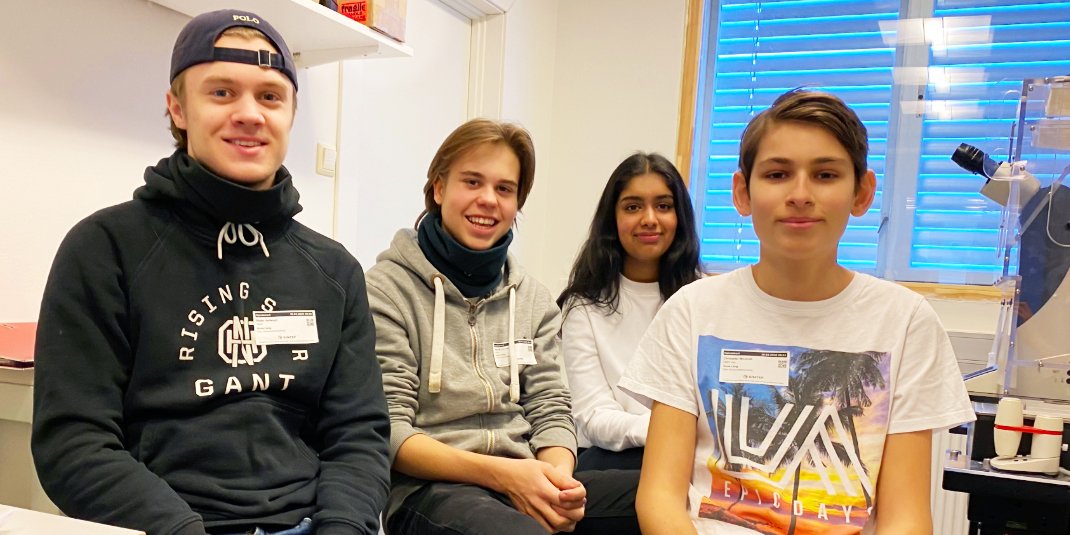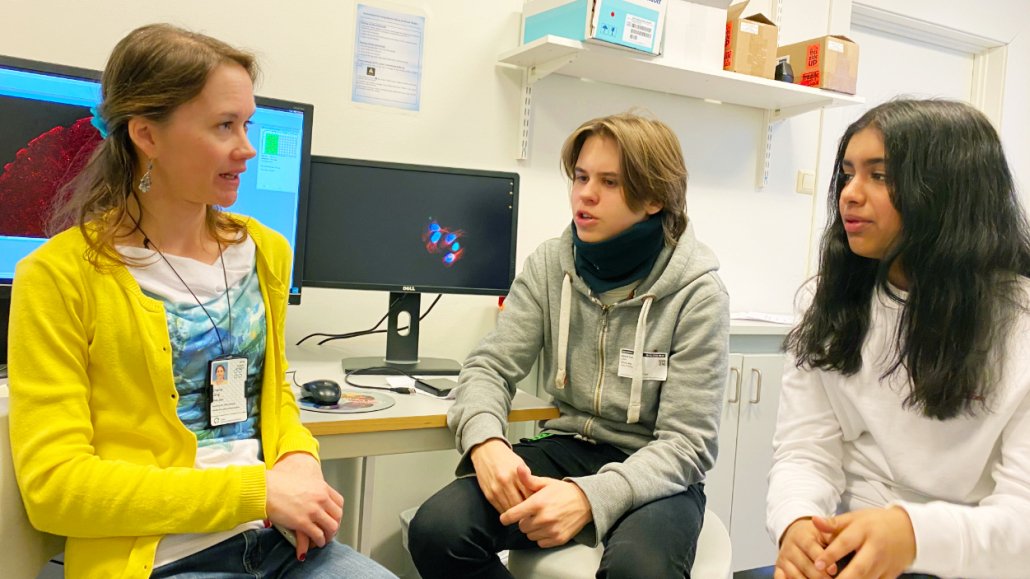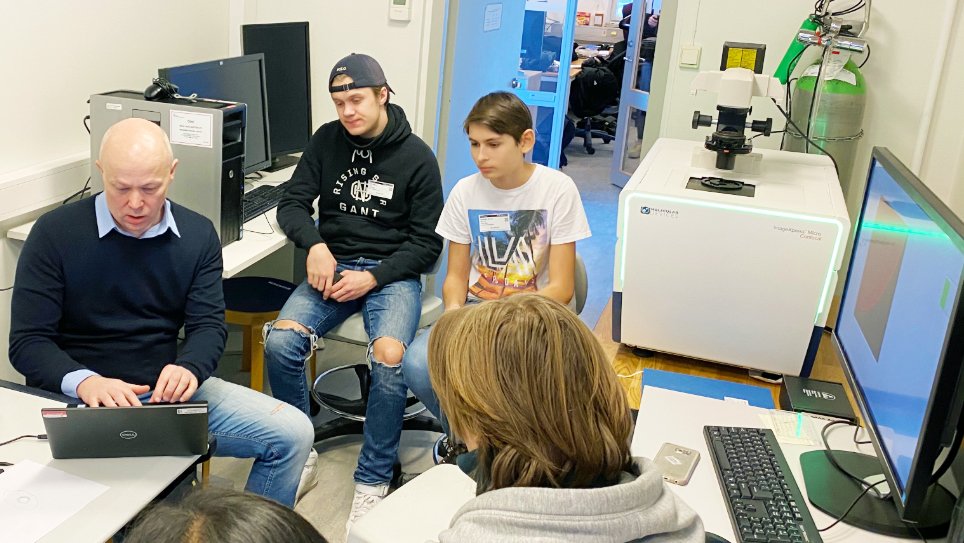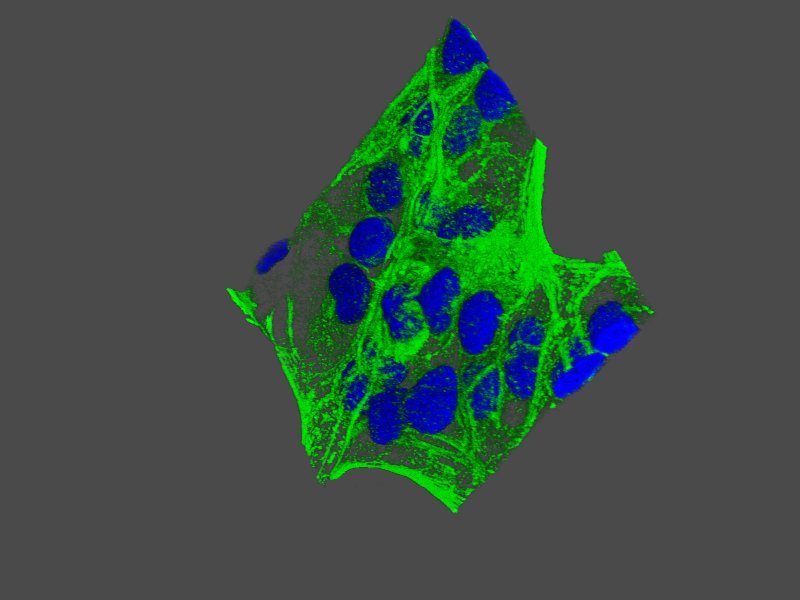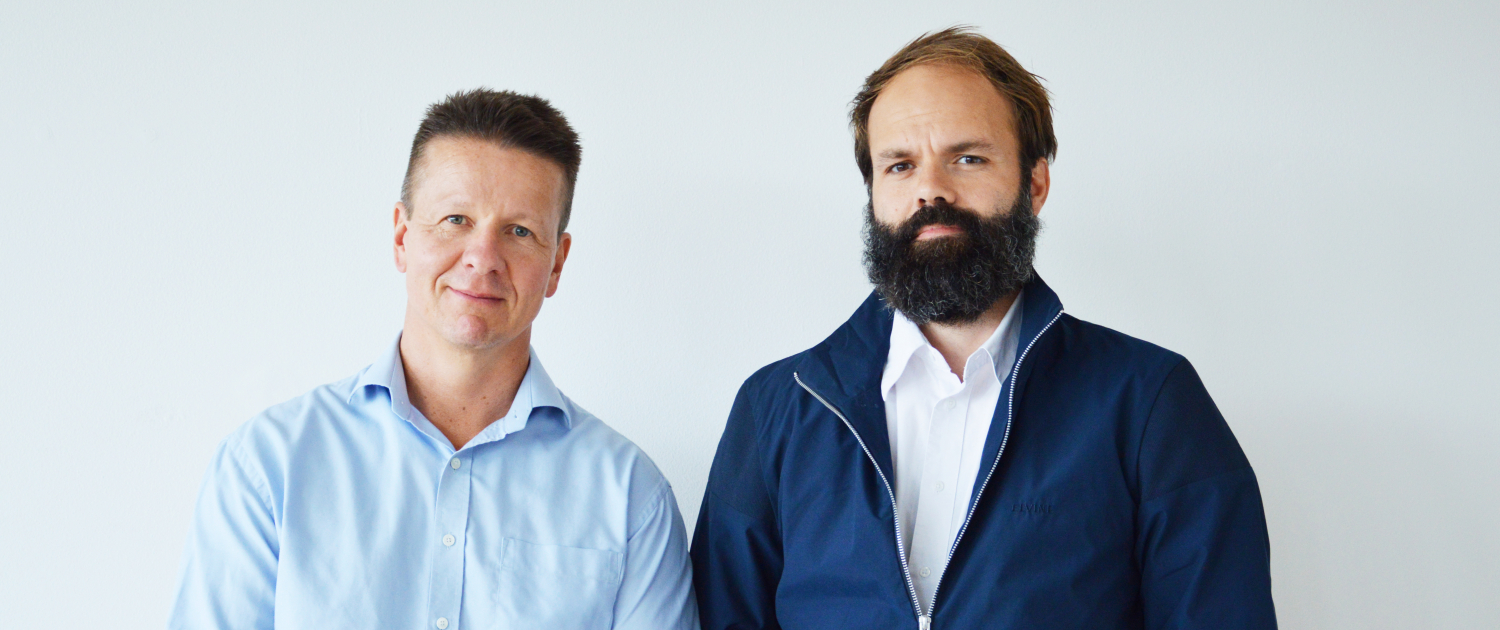NLSInvest & NLSDays: Investors’ Advice to Life Science Start-ups

Some of the leading Nordic investors offer their advice to life science start-ups regarding Nordic Life Science Days 2020 (NLSDays, 9-10 September).
NLSDays 2020 has many new things in store, including the launch of the first-ever Nordic Life Science Investment Day (NLSInvest).
NLSInvest is a new pre-event (8 September) to the annual NLSDays conference. This is an opportunity for start-up companies – ‘Rising Stars’ in our life science community – to pitch to a range of national and international investors, including pharmaceutical venture arms.
“I spent months gathering feedback from investors and companies across our ecosystem, and one thing has been consistently clear: investors want to meet start-ups at earlier stages, while these companies often struggle to afford large partnering meetings. NLSInvest was created to bridge that gap: to give investors and ‘Rising Stars’ an intimate pre-event, while offering small companies the opportunity to stay for the full NLSDays at no cost,” said Chelsea Ranger, NLSDays Program Director & NLSInvest Program Committee Chair.
We spoke with two investors from Industrifonden and Hadean Ventures to find out what start-ups should focus on when preparing to present their companies to investors:
What are you looking for when investing in life science ‘Rising Stars’?
“We invest broadly in the life science space and we have a particular focus on the Nordic region. We are looking for start-ups that develop products with high potential, both from a market and medical impact perspective. We also look for a strong team with high ambitions,” said Ingrid Teigland Akay, Managing Partner, Hadean Ventures.
“In general, I would say that there are three components: assets-plan, financing, and management. The company should have a protected asset with a plan that can provide sufficient return on investment, a trustworthy and reliable way to finance the plan, and a management team that can do it. Quality of data is of course also a key component. We need to believe that the data we invest in are true and that they belong to the company,” said Jonas Brambeck, Investment Director, Industrifonden.
What are some of the most exciting developments in Nordic life sciences?
“The life science ecosystem is maturing and, increasingly, we see start-ups with world-class science attracting both international capital and talent. We are on a very good path,” said Teigland Akay.
“When it comes to certain areas, we like therapeutics, oncology, rare diseases, and digital health, but we could also consider opportunistic cases. We also want to be actively involved with Board participation,” said Brambeck.
Why would you encourage Nordic life science companies to join NLSDays?
“NLSDays is the largest life science conference in the Nordics and a must-attend event for everyone who wants to understand the dynamics in the Nordics and meet high quality start-ups. I highly recommend it,” said Teigland Akay.
“NLSDays is the glue that binds our ecosystem. It bridges our countries, sectors, therapeutic and scientific areas, large and small companies into one place and frame-of-mind: learning, networking, and growing business ideas. It is a large industry event, yet an intimate and welcoming setting in which the Nordics collaborate to share our best,” said Ranger.
Do you believe you are a ‘Rising Star’ in the Nordic life science community – and are you looking to meet relevant investors?
Then apply now to be one of the 60+ selected companies to pitches investors during NLSInvest!
For more information, please contact Chelsea Ranger, NLSDays Program Director & NLSInvest Program Committee Chair.
FAQs
What is the different between NLSDays and NLSInvest?
NLSDays is the largest partnering and investor conference for the Nordic life science community. Last year, over 1 300 delegates attended NLSDays from over 40 countries and participated in over 3 000 partnering meetings.
Register now for NLSDays with Spring rates until 31 May 2020!
NLSInvest will launch on 8 September as a new pre-event to the annual NLSDays conference. Over 60 ‘Rising Stars’ within the Nordic life science community will be selected from a pool of applications and invited to pitch before a range of relevant, global investors.
NLSInvest is Open for Applications until 31 May 2020!
What are the selection criteria for companies wishing to apply to NLSInvest?
Please view this PDF with information about the selection criteria.
What happens if my NLSInvest application is selected?
You will receive a confirmation email from the selection committee and a complimentary registration code for NLSDays 2020. Practicalities related to your company presentation will be confirmed later by the organizers.
What if my application is not selected?
You’ll receive a notification email from the selection committee and a discount code for NLSDays 2020 registration.
How many / who attended NLSDays in 2019?
Over 1 300 delegates attended NLSDays 2019 from over 40 countries and participated in over 3 000 partnering meetings. Read more about who attended the conference.
Have any 2020 names been released for NLSInvest or NLSDays?
Read more in the NLSDays 2020 Program.
View the speakers at NLSDays 2020.
What happens if the conference has to be delayed due to COVID-19?
The same venue in Malmö is already booked for April 2021 so, in the event of delay, you will be able to choose between a full refund or 2021 participation.


